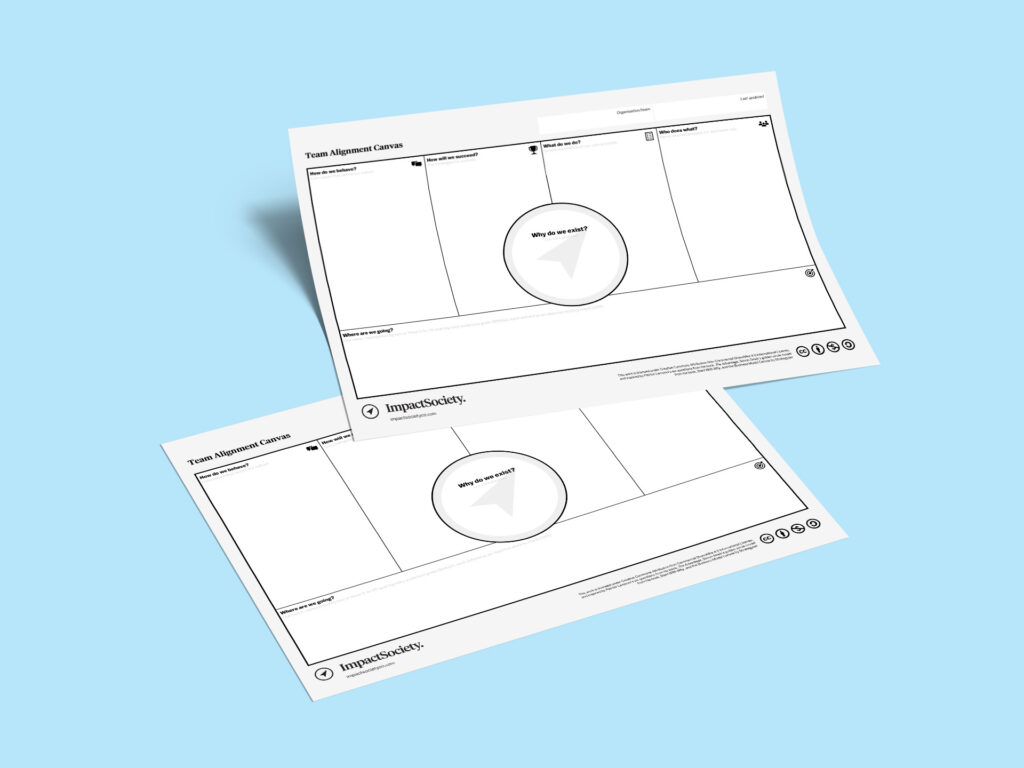What’s the difference between a team’s mission and vision?
They’re fundamental strategy concepts. Yet, people often confuse them.
Here’s a simple overview of their differences and how they fit together.
A team or organisation’s mission is it’s purpose. It’s reason for existing.
The mission is what the team exists to do, day in, day out. It’s not a future aspiration. It’s an end point. It’s here and now. And it’s enduring.
A team’s mission should be inspirational, but not aspirational.
Vision is an aspirational state. It represents an improvement on current performance. It’s a goal that the team or organisation seeks to attain over time.
In this sense, it is about the future, not the here and now. It’s yet to be achieved.
Visions are usually stretch goals, which pull a team towards it.
Visions should be both inspirational and aspirational.
Here’s an example to illustrate the two concepts. Imagine you’re a doctor.
Your mission might be to improve people’s wellbeing. This isn’t something you need to wait for or work towards. This is something you do day in, day out. Improving people’s wellbeing is an inspirational purpose, but it’s not aspirational. It’s to be done here and now.
Your vision might be to increase the average lifespan of your patients to 10 years above the national average. This is not something that you can do today (even if you can start working towards it today). It is inspirational. But it’s also aspirational. It will take time and focussed effort to achieve this goal.
Want to work out what your team’s vision and mission is? Use our free Team Alignment Canvas to determine, capture and share them. Download it for free here.

Impact Society
Team Alignment Canvas
Popular
Most popular. A simple tool for organisations and teams to create strategic clarity.
Use it to capture your answers to Lencioni’s six critical questions, and share it with your team.



